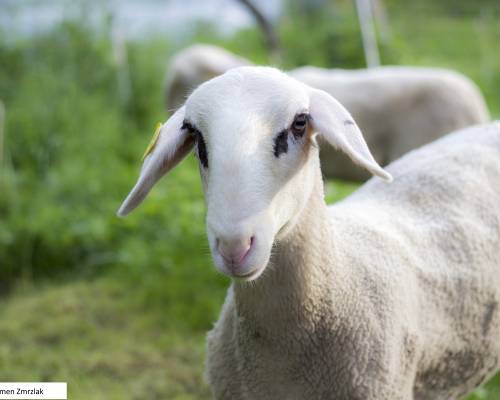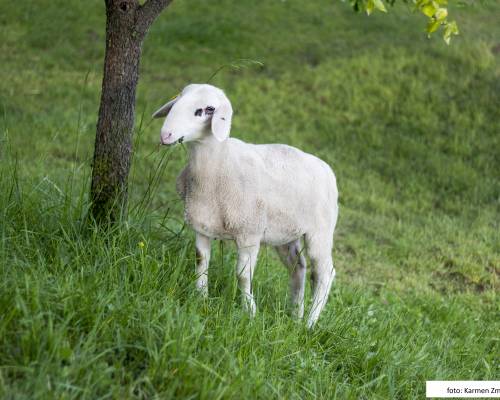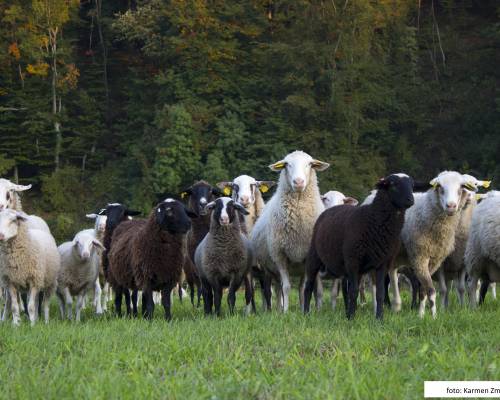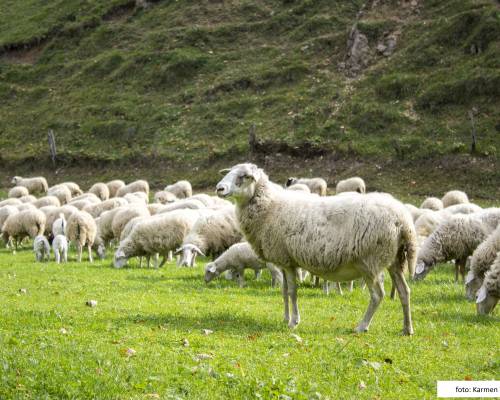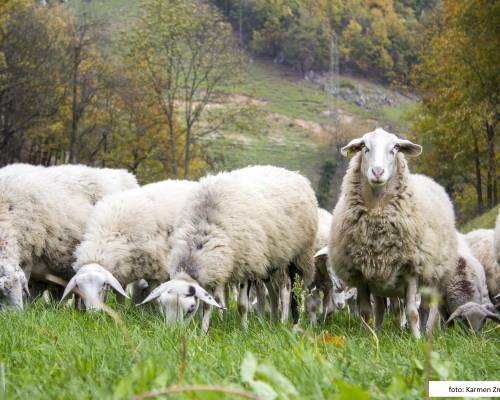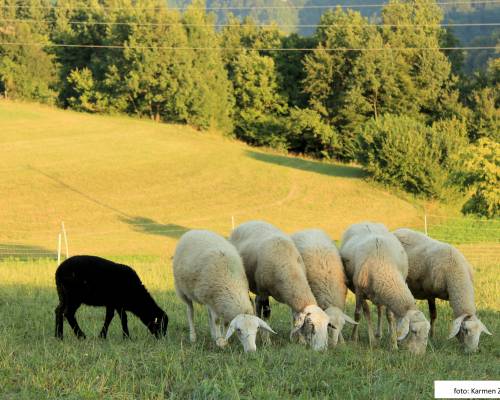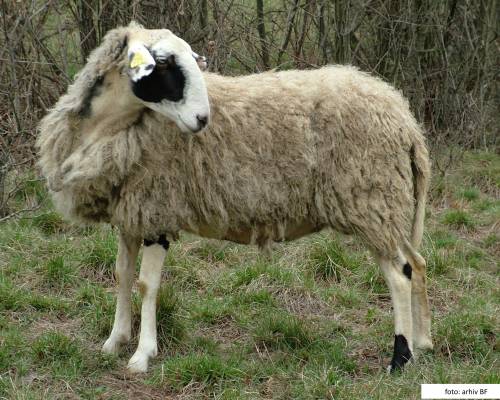Improved Jezersko-Solčava sheep
Origin and Development of the Breed
The Improved Jezersko-Solčava sheep breed was developed by crossbreeding the indigenous Jezersko-Solčava sheep with the Romanov breed, aiming to enhance fertility and litter size. This breeding program began in 1982, resulting in a sheep type suitable for intensive meat production and commercial crossbreeding with other meat breeds. The breed inherited high fertility from the Romanov sheep and environmental adaptability from the Jezersko-Solčava sheep. Ewes exhibit strong maternal instincts, leading to low lamb mortality rates.
Breed Characteristics
These sheep are large-framed and predominantly white, though brown or black individuals can occur. Ewes weigh between 65 and 75 kg, while rams typically weigh around 90 kg or more. All animals are polled (hornless) and have shorter ears and tails compared to the native Jezersko-Solčava sheep. Ewes are non-seasonal breeders, capable of lambing at any time of the year—a trait known as aseasonal polyestrousness—which is essential to maintain. They can reach sexual maturity as early as four months, typically by six months, and can lamb three times within two years. Ewes can conceive as early as one month post-lambing, even while still nursing. The average litter size is 1.4 lambs.
Breed Distribution and Endangerment
The Improved Jezersko-Solčava sheep is the second most populous among Slovenian autochthonous sheep breeds, with approximately 6,600 animals registered in the original herdbook. The breed is distributed throughout Slovenia. Due to the increased risk of inbreeding, special attention is given to its management, classifying it as an endangered breed.
Did You Know
Number of animals
Breeding Purpose and Products
This breed is primarily raised for lamb meat production and wool. It exhibits excellent grazing abilities, making it valuable for preventing overgrowth in lowland and hilly pastures.


